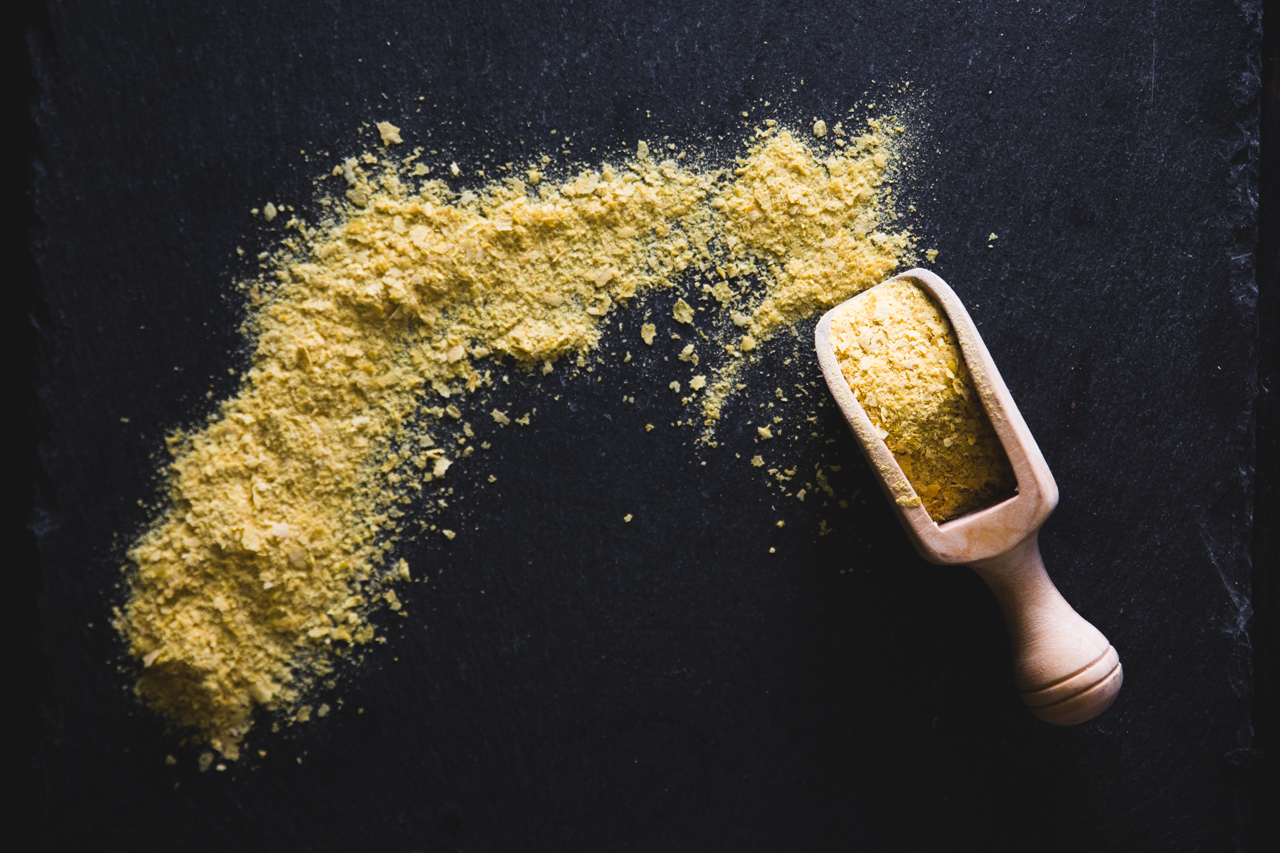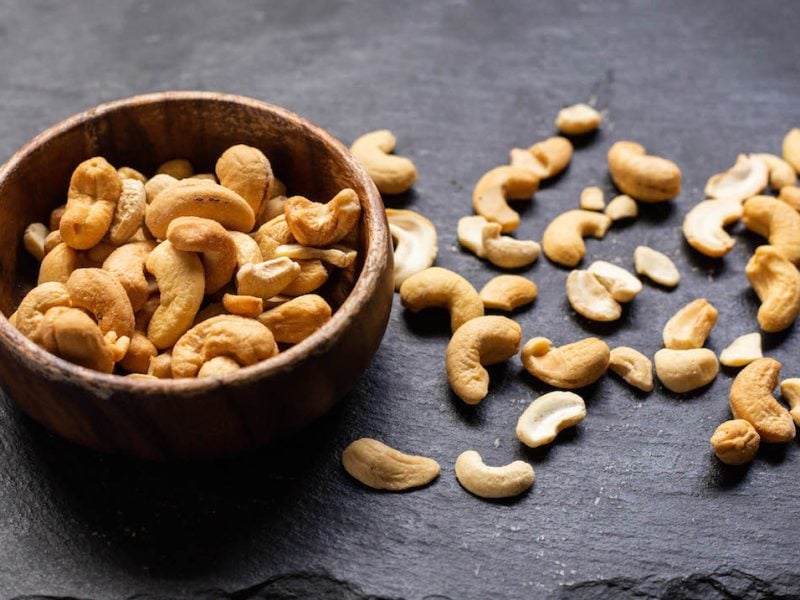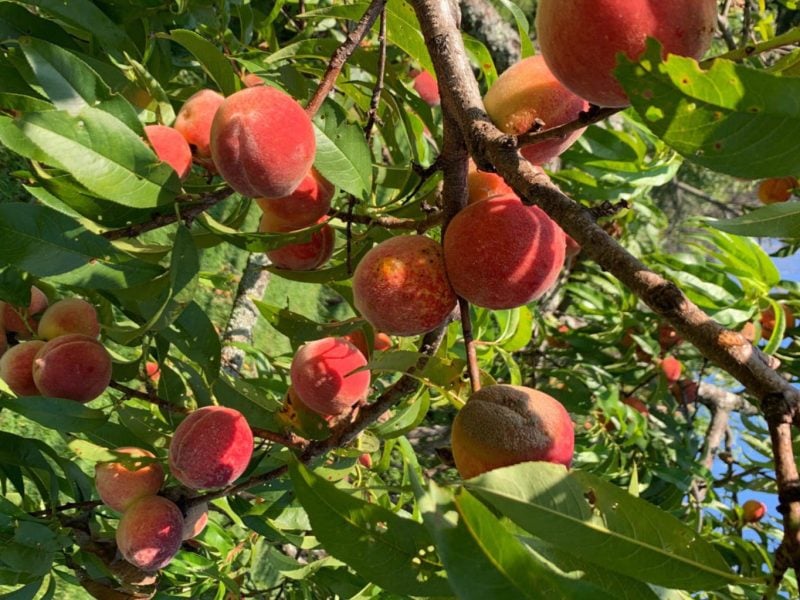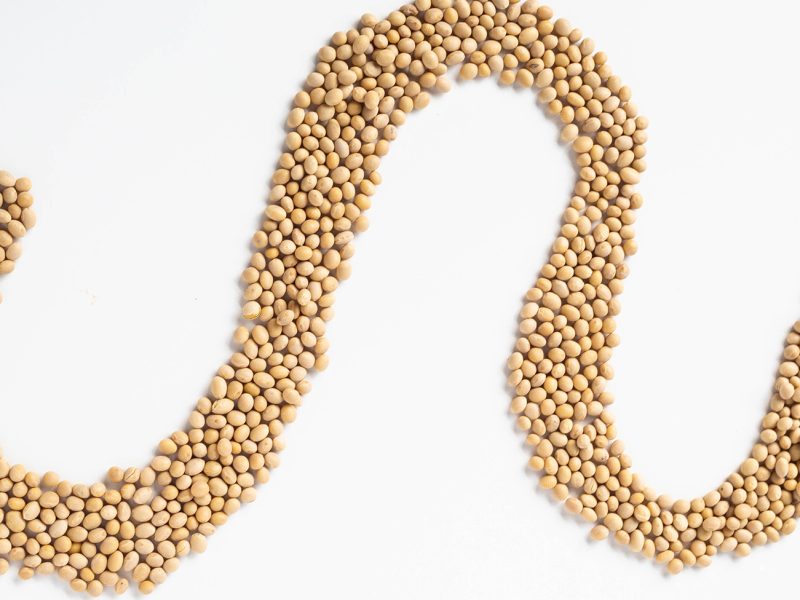
5 Things You Should Know About Nutritional Yeast
By Jennifer Wyglinski
If you’ve ever looked for a vegan macaroni and cheese recipe, chances are you’ve heard of nutritional yeast. This unassuming flaky yellow food is beloved among vegans for its high nutritional content and tangy cheesy flavor. Whether you’re just hearing about nutritional yeast, or want to learn more about its many health benefits, here are five things you should know:
1. Don’t Be Dismayed By Its Name
Yes, nutritional yeast is a type of yeast. In fact, it’s a strain of the same species of yeast that’s used to brew beer and make bread rise. But there’s one crucial difference: yeasts used for bread and beer are active, or alive, while nutritional yeast is inactive, or dead. While you could potentially get sick from eating active yeast, nutritional yeast poses no such threat. However, if you still don’t like its admittedly uncreative name, just call nutritional yeast by its popular nickname: “nooch.”
2. Nutritional Yeast is High in Protein and Low in Fat
While exact figures vary by brand, a serving of nutritional yeast (2 tablespoons) contains about 8 grams of protein and 1 gram or less of fat. For comparison, 2 tablespoons of peanut butter includes the same amount protein but 16 grams of fat. Nutritional yeast is also a complete protein, meaning it contains all essential amino acids. As a bonus, nutritional yeast is fairly high in fiber, at about 4 grams per serving, which is equal to the amount of fiber found in a single cup of cooked oatmeal.
3. Nutritional Yeast is Packed with Vitamins—Some of Which are Added
Nutritional yeast contains a plethora of vitamins. One serving provides 100% or more of the recommended daily intake of B12, a vitamin that vegans must supplement because it’s not found in plants. Nutritional yeast also contains other B-complex vitamins and high levels of folic acid, phosphorous, and zinc. However, many of these vitamins, including B12, do not occur naturally in yeast but are added after it’s grown, so be sure to check labels to ensure that the product you buy has been fortified.
4. Nutritional Yeast Has a Unique Cheesy Taste
The taste of nutritional yeast is usually described as cheesy and nutty, which is why vegans often use it in place of cheese. However, don’t expect nutritional yeast to taste exactly like cheese because it’s very low in sodium, while most cheese contains quite a bit of salt. Nutritional yeast also has a strong, rich flavor, so a little bit goes a long way.
5. Cooking With Nutritional Yeast Can Be as Simple or Creative as You Want

You can incorporate nutritional yeast into your meals in a wide variety of ways, from using it as a condiment to adding it to elaborate entrees. Here are a few ideas:
- Sprinkle it on top of pizza, pasta, and salads in place of grated cheese.
- Get a little fancier by making your own vegan parmesan: simply mix nutritional yeast, walnuts or cashews, garlic powder, and salt in a blender or food processor.
- Drizzle olive oil over popcorn and add nutritional yeast (it works best if you turn it into a powder in a blender first) and optional spices such as chili powder and pepper.
- Make a tasty breading for baked tofu or veggies like cauliflower and potatoes by mixing olive oil, powdered nutritional yeast, and your favorite spices.
- Use nutritional yeast as a flavoring for cheesy sauces, dips, and spreads, as well as egg-free omelets and quiche.
- Bonus: if you have a picky dog, sprinkle a little bit of nutritional cheese on his or her food to make it more palatable.
So where do you get this powerhouse food? Check grocery store spice and bakery aisles, bulk bins at health food stores and co-ops, and your favorite online outlets. Nutritional yeast is also an ingredient in select Purple Carrot meals.





